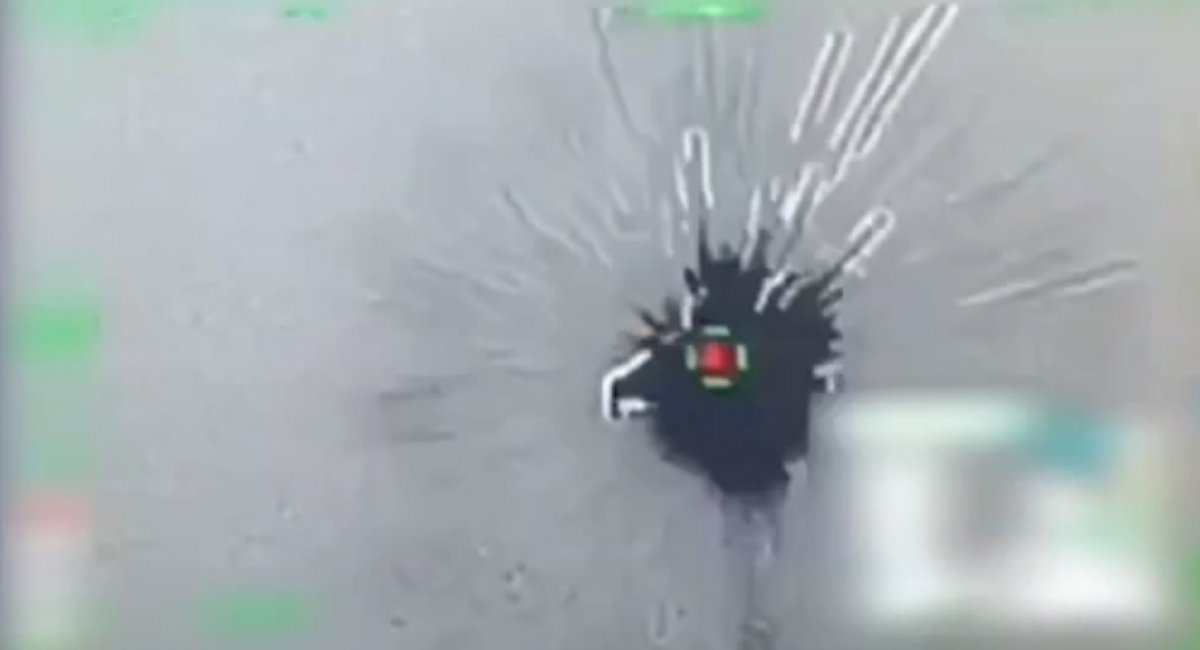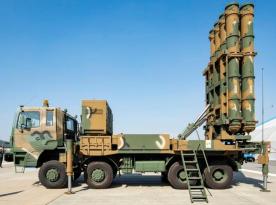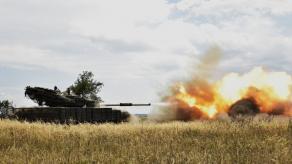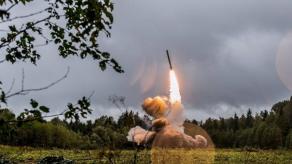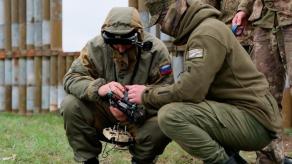Another wave of attack drones was launched by the russian invasion overnight on February 12th. Following the successful interception of 14 out of 17 Shahed-type loitering munitions and one Kh-59 cruise missile, the press service of the Ukrainian Navy has published a video showing how its air defense units are taking down some of the targets.
The footage shows an interesting sequence of events: the Ukrainian operators aim at a Shahed with an electro-optical targeting pod, then a jet-propelled projectile hits the drone, and it goes down in a nosedive.
Read more: The First Photo of F-16 Aircraft with Ukrainian Insignia Appears, Making russians Nervous
Based on the footage, an OSINT analyst nicknamed OSINTtechnical concluded that these shots are the first official evidence of U.S.-made Vampire systems on air defense duty in Ukraine, a weapon utilizing APKWS guided rockets for taking down enemy aircraft or strikes on a ground-based enemy. The versatile rocket system from L3Harris Technologies started arriving in Ukraine around the summer of 2023, according to Bloomberg, and all 14 units should have been delivered by the end of 2023.
The presented footage matches the known characteristics of the Vampire system. It comes with a WESCAM MX-10 RSTA multispectral (infrared and electro-optical) modular sighting system for both observation and target designation, and the launcher equipped with APKWS laser-guided munitions.

The range of APKWS when fired from the ground is not disclosed, but it is known to be able to launch strikes at 4–5 km in the surface-to-surface mode, and 11 km in the air-to-surface scenario. The most important feature is cost efficiency: the highest recorded price for one APKWS is $40,600, which makes it an indispensable tool for taking down mass-produced iranian- and russian-made loitering munitions like Shahed-136/131.
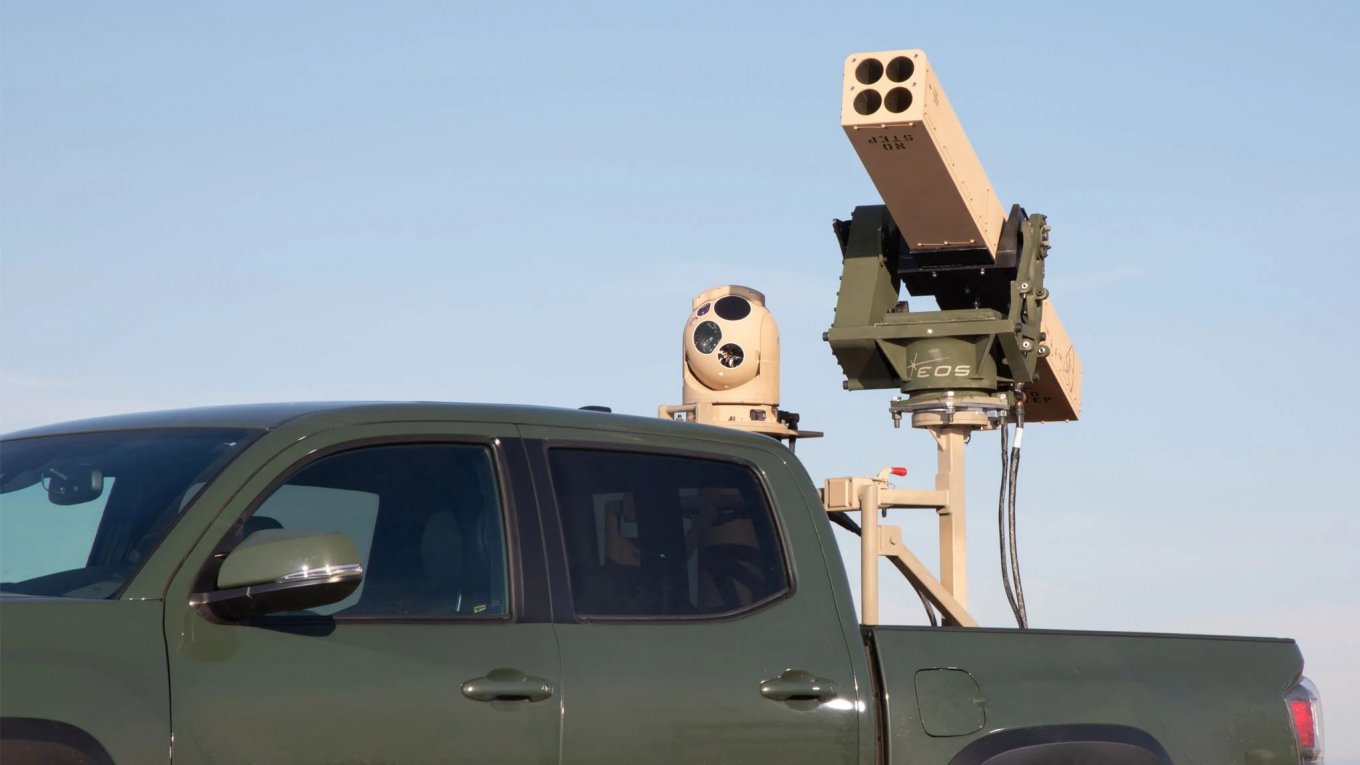
As for the APKWS performance as an air defense weapon, worth recalling that during the tests in November 2022, the guided rocket proved flexible in its ability to deliver low-cost, precision strikes against Class-2 unmanned aerial systems, i.e. in the category of drones that weigh about 10 to 25 kg and can move at speeds above 160 km/h.
Considering the tests were conducted with this type of target, this should be the primary way to use this weapon. From that perspective, the successful downings of Shahed drones weighing 240 kg in the Shahed-136 version are a noteworthy achievement.
Earlier Defense Express drew attention to the rare footage showcasing a British AIM-132 ASRAAM Launcher on Supacat chassis operated by Ukrainian Defense Forces. As for Shahed drones, earlier this week, it transpired that the russians have produced over 1,600 of them locally and got over 2,600 units of the upgraded type either disassembled or as one piece from iran.
Read more: Number of Shaheds Produced or Received by russia Reaches 1,600 and 2,600




